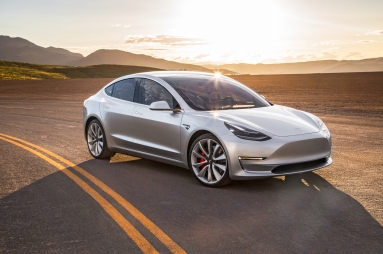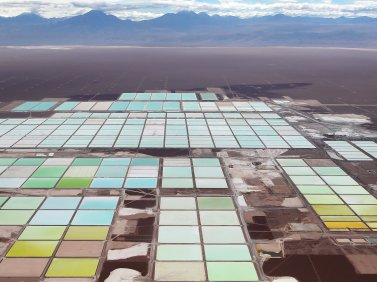The concept of a vehicle that runs on pure electricity is something that has only just arrived in mainstream news in the last decade, with more efficient and faster designs being brought out every year. At the forefront of this new technology is Elon Musk’s company Tesla, which is bringing out the newest version of the Tesla Model 3 in mid-2017. For people wanting to reduce their carbon footprint, this vehicle with its 215-380 mile range (depending on battery size) that emits zero emissions seems like the perfect solution [1].

However, most people are not aware of the hidden environment costs behind such vehicles. The Model 3 may not have internal combustion, but it still relies on electricity generation through other means, which in the UK is predominately fossil fuels. As of the 20th January 2017 the UK produces 66.55% [3] of its electricity through coal and gas-fired power stations. Using statistics from the US Energy Information Administration (EIA) we know that in order to produce 1 kWh of electricity 0.07 gallons of petroleum has to be burnt, or just over 1 pound of coal in a power station [4]. Therefore, in order to charge one of these new *Tesla’s you will need between 4.2 and 7 gallons of fuel to be burnt:- this gives the vehicle an average of 53 miles per gallon (mpg). This is poor for something that’s supposed to be ‘environmentally friendly’ when comparing it to the similarly designed petrol Jaguar XE which averages 55mpg [5].
The fuel consumption per mile does vary between vehicles, but one factor that cannot be overlooked is the requirement of rare earth metals in an EV’s construction. All commercially available EV’s run on lithium-ion batteries which are extremely powerful, and most importantly, lightweight to ensure a high-efficiency. As well as lithium there are also large amounts of neodymium and dysprosium used in the vehicles assorted lightweight components which again have huge environmental implications through their extraction [6]. Currently, ownership of such vehicles is low in the UK, with just over 1% of road users owning a fully electric vehicle. Nevertheless, at the current rate of growth, lithium and neodymium usage is expected to increase tenfold before 2050 [7]. This brings me onto my final point of where these rare metals are going to come from. Lithium is not the easiest mineral to obtain as it has to be extracted in a process that involves pumping water deep into the ground and then refining the end product. Not only does this refinement require high amounts of energy but it also produces a lot of mine waste in the process [8].

The fact is, when it comes to EV’s, it is highly dependent on where the vehicle is made and used. In countries that rely on a lot of renewable energy sources the only large environmental cost will be the raw material extraction. However, an EV in many of the worlds developed and developing countries is simply not an appropriate solution to reducing your carbon footprint at the moment [10]. So I guess for the time being you will have to stick with your Jaguar XE…. What a hardship!

